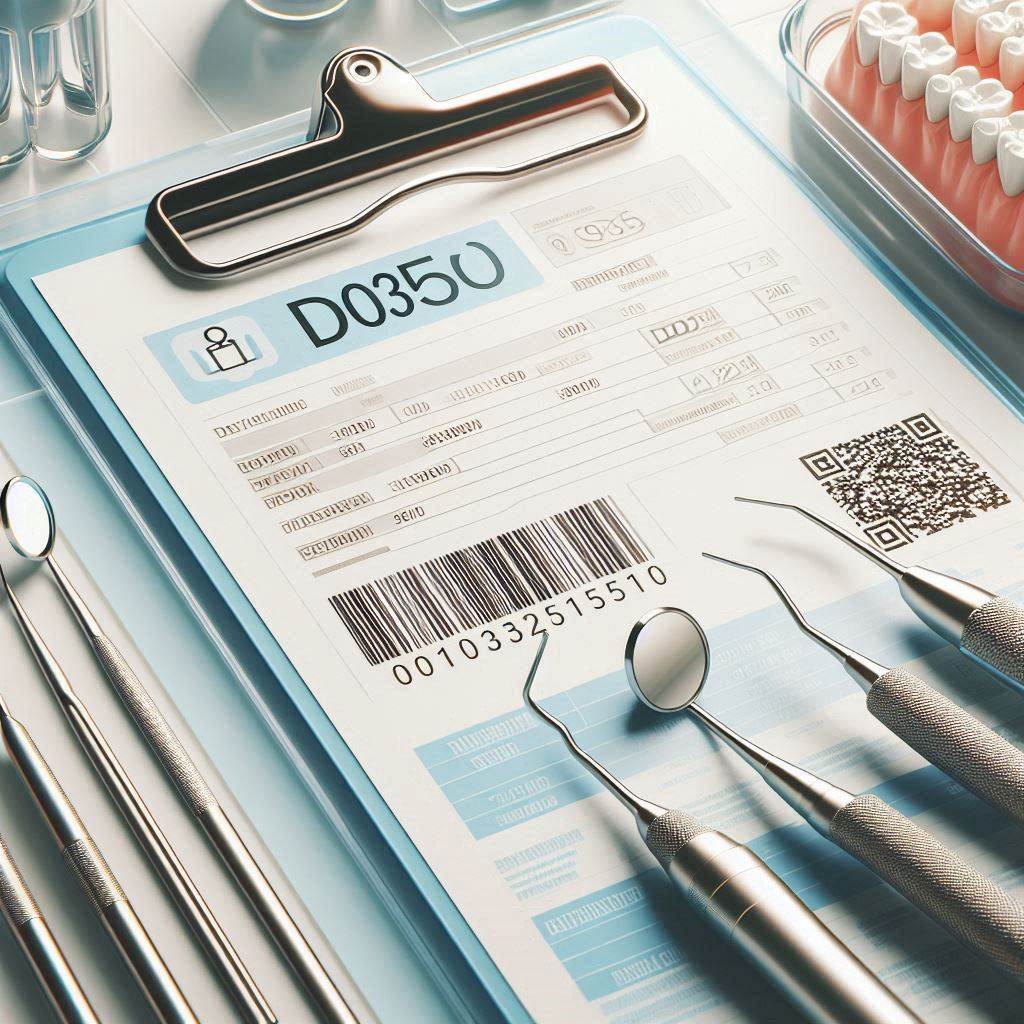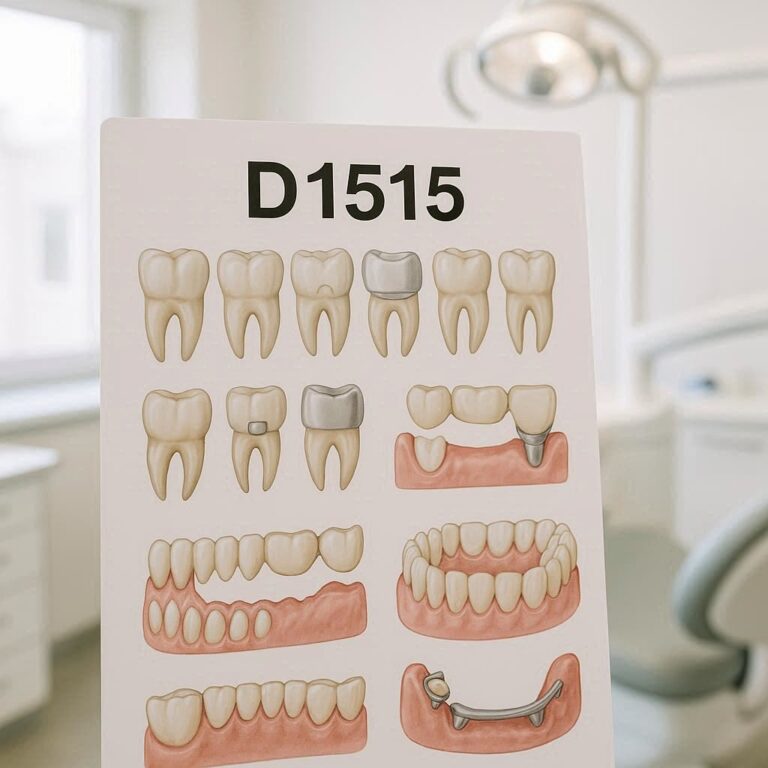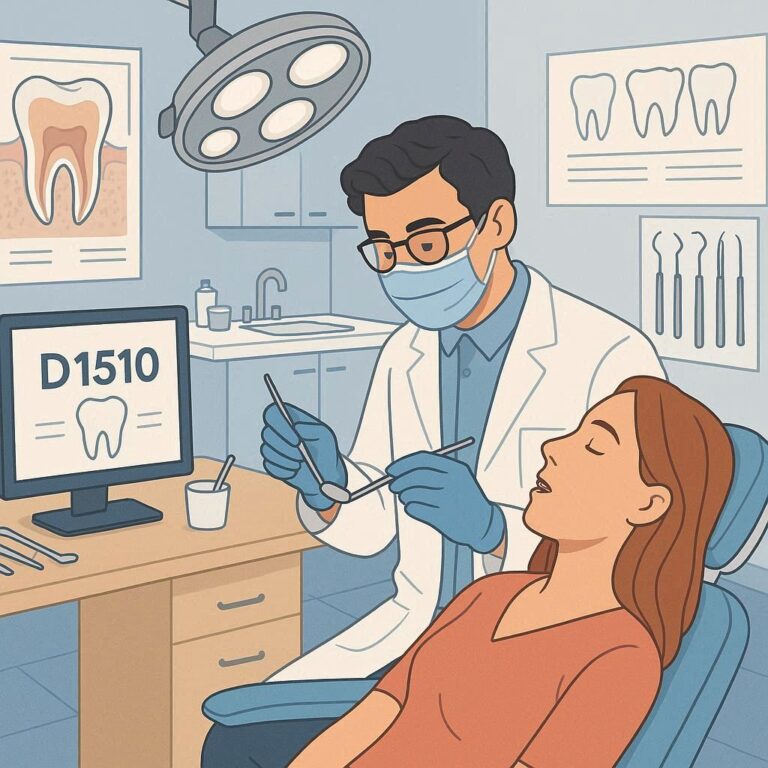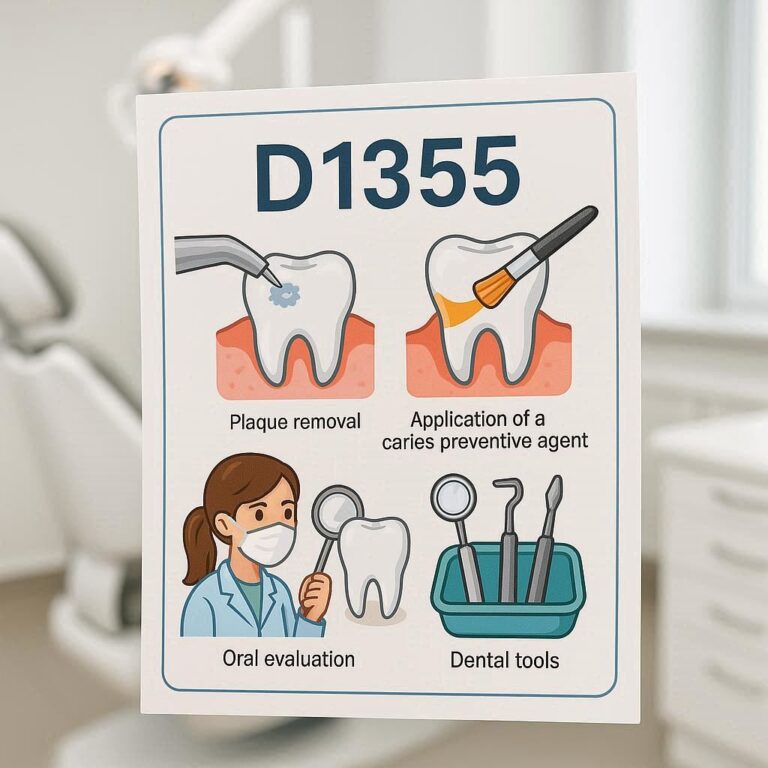D0350 Dental Code
The dental industry has evolved significantly with the introduction of advanced diagnostic tools, and D0350 is one of the most critical codes in modern dentistry. This code refers to 3D imaging procedures, specifically cone-beam computed tomography (CBCT) scans, which provide high-resolution, three-dimensional views of oral structures.
Unlike traditional X-rays, D0350 imaging enables dentists to diagnose complex conditions, plan surgical procedures, and improve treatment outcomes with unparalleled precision. This article explores the applications, benefits, insurance considerations, and future advancements of D0350, offering a comprehensive guide for dental professionals and patients alike.

2. Understanding the D0350 Dental Code
Definition and Purpose
The D0350 dental code is categorized under diagnostic imaging and is used for cone-beam computed tomography (CBCT) scans. The American Dental Association (ADA) defines D0350 as:
“A radiographic procedure that produces 3D images of the teeth, soft tissues, nerve pathways, and bone in a single scan.”
When Is D0350 Used?
D0350 is typically recommended for:
- Dental implant planning (assessing bone density and nerve positioning)
- Impacted tooth evaluation (wisdom teeth, canines)
- TMJ disorder diagnosis
- Orthodontic assessments (airway analysis, skeletal discrepancies)
- Detection of cysts, tumors, or infections
3. Types of Diagnostic Imaging in Dentistry
2D vs. 3D Imaging
| Feature | 2D Imaging (D0210-D0330) | 3D Imaging (D0350) |
|---|---|---|
| Image Type | Flat, two-dimensional | Three-dimensional |
| Structures Visible | Limited to teeth and surrounding bone | Teeth, nerves, sinuses, soft tissues |
| Radiation Exposure | Low | Moderate (higher than 2D but lower than medical CT) |
| Common Uses | Cavity detection, basic diagnostics | Implants, surgical planning, complex cases |
Comparison of Dental Radiographs
- Periapical (D0210): Focuses on individual teeth and roots.
- Panoramic (D0330): Captures the entire jaw in a single image.
- CBCT (D0350): Provides cross-sectional, 3D reconstructions for in-depth analysis.
4. Clinical Applications of D0350
Diagnosis of Oral Pathologies
- Detecting tumors and cysts (e.g., ameloblastoma, odontogenic keratocyst)
- Evaluating sinus involvement in maxillary infections
- Identifying root fractures not visible in 2D scans
Treatment Planning for Implants and Orthodontics
- Implant placement: Determines bone volume and proximity to nerves.
- Orthognathic surgery: Assesses jaw alignment before corrective procedures.
5. Benefits of D0350 in Modern Dentistry
Improved Accuracy
- Reduces guesswork in surgical interventions.
- Enhances precision in implant positioning.
Reduced Radiation Exposure
- CBCT emits less radiation than medical CT scans.
- Faster scanning time (10-40 seconds per scan).
6. Insurance and Reimbursement for D0350
Coverage Policies
- Medicare/Medicaid: Limited coverage (case-by-case basis).
- Private Insurance: Often covered for implants, surgical planning.
Documentation Requirements
- Pre-authorization may be required.
- Clinical justification must be provided.
7. Step-by-Step Procedure for D0350
- Patient Preparation
- Remove metal objects (jewelry, glasses).
- Use a lead apron for thyroid protection.
- Image Acquisition
- Patient sits or stands still while the machine rotates.
- Scan takes 10-40 seconds.
8. Common Challenges and Solutions
| Challenge | Solution |
|---|---|
| Patient Movement | Use head stabilizers |
| Metal Artifacts | Remove dental appliances before scanning |
9. Future Trends in Dental Imaging
- AI-assisted diagnostics (automated detection of pathologies)
- Portable CBCT units for chairside scans
10. Conclusion
The D0350 dental code is revolutionizing diagnostics with 3D imaging, improving treatment accuracy and patient outcomes. From implant planning to complex oral surgeries, CBCT scans provide unparalleled insights. As technology advances, AI integration and lower radiation systems will further enhance dental care.
11. FAQs
Q1: Is D0350 covered by insurance?
A: Partial coverage depends on the insurer and medical necessity.
Q2: How much does a D0350 scan cost?
A: 200−200−600, varying by location and provider.
Q3: Is CBCT safer than traditional X-rays?
A: Yes, it uses less radiation than medical CT scans.


